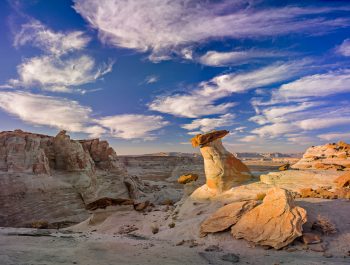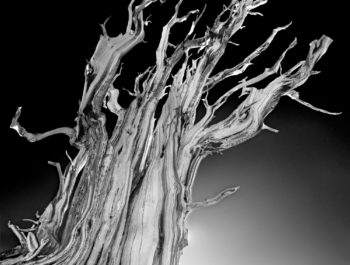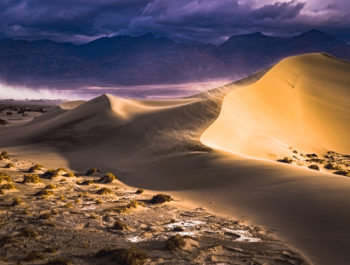Creating Artistic Photographs – The Desert Flowers Project
Introduction
I like to work on projects. It motivates me to create series of images that work together instead of isolated images that may not relate to my body of work. It also gives me a framework to create new images and to reflect upon the images I created before.
In 2020 I created the Backyard Project. This project was born out of the Covid 19 epidemic which made it challenging to travel and safer to stay home. In 2021 we now have a Covid 19 vaccine and things are looking up but travel is still restricted and isolation continues to be recommended. This motivated me to continue photographing at home, this time working on a new project titled Desert Flowers. In practice, most of the flowers I photographed are cactus flowers so the project should be called Cactus Flowers. However, I was motivated to call it Desert Flowers because a few images are photographs of roses which obviously are not cactus flowers even though they do have thorns and obviously grow in the desert, helped by watering and shading. Plus, I prefer the name Desert Flowers to Cactus flowers for poetic reasons.
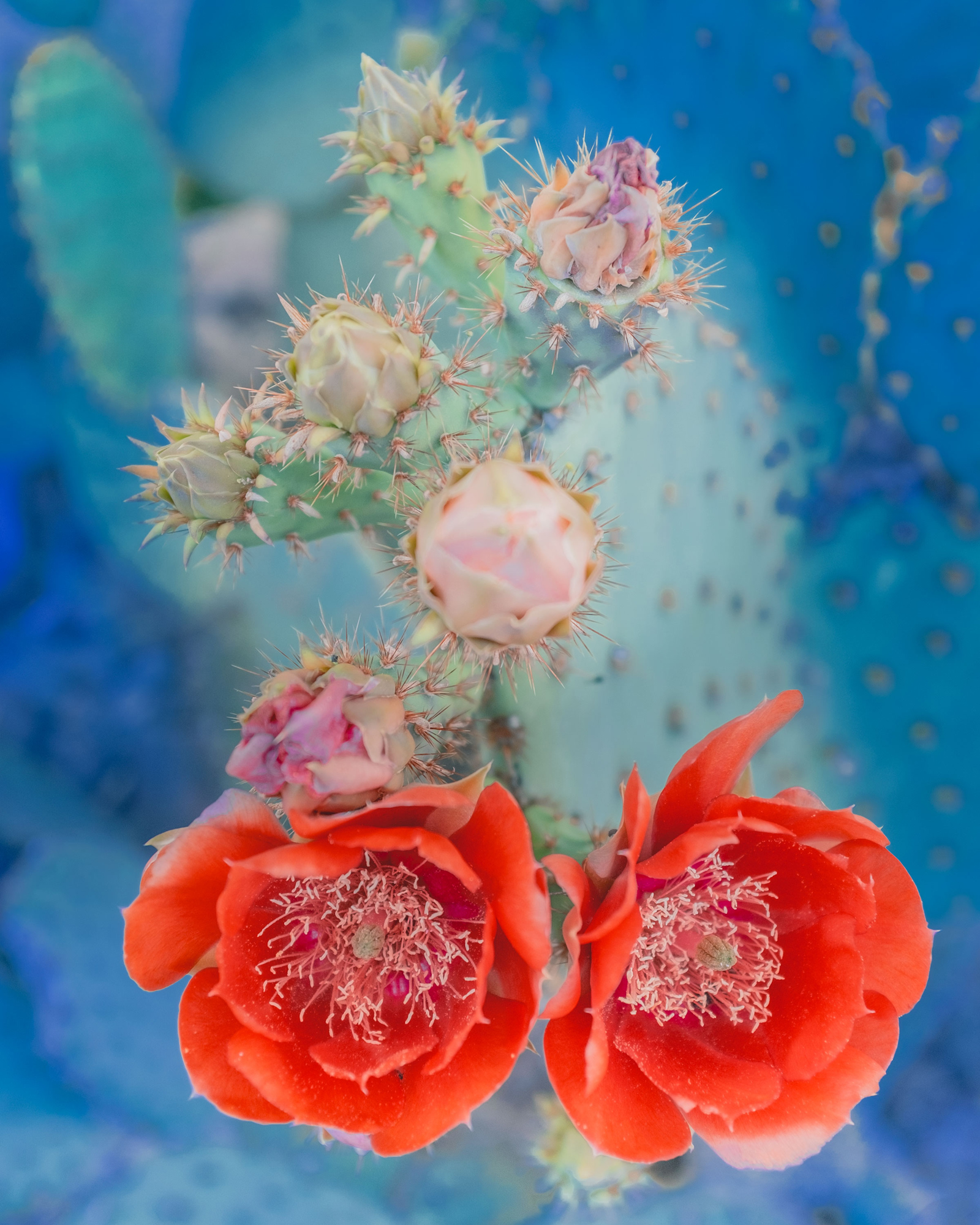
About This Project
One aspect of Desert Flowers is that they only bloom for one day. Furthermore, they are in full bloom during the middle of the day. They start opening in the morning, reach their full bloom by midday, and start to close by the end of the day. This leaves a small window of opportunity for photography. Photographing flowers in my backyard makes it easier to find that window compared to roaming the landscape looking for flowers in the appropriate state of bloom.
Just like the Backyard Project, the majority of these images were captured with my Apple iPod. I say majority because a few were taken with my Fuji x100s. All the images were significantly modified, meaning unspeakable things, my term for artistic manipulations was done to them. This means if you wonder why you have not seen green or blue cactus flowers so far the answer is not that I discovered or bred new flower species. The answer is that I did unspeakable things to my original captures and that the outcome is the images you see here. The fact is I am neither a botanist or a florist. My interest in flowers, just like my interest in rocks, canyons, mesas, plateaus, trees, etc. is purely aesthetic. My purpose for photographing them is entirely artistic. I have no desire to recreate in my images the reality I see with my eyes. My goal is to create images that have not been seen before. It is when I do this that I find photography fun and interesting.
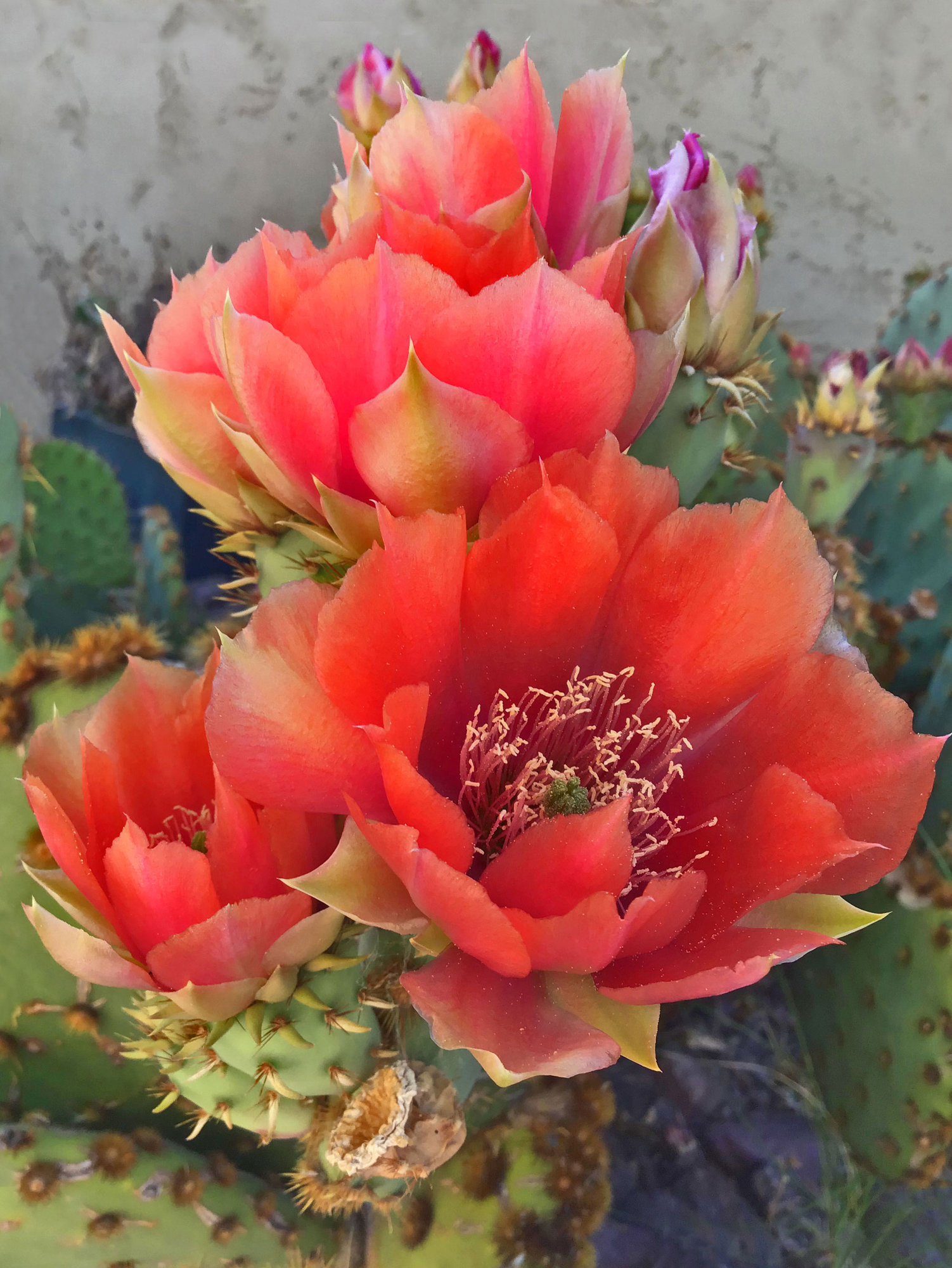
Painterly Concerns
One of the issues I had to contend with was to replace areas that are present in the original capture but did not fit in the final image. Nature is by nature messy. Plants grow because the soil is fertile and the location propitious. Flowers may be beautiful, however, they grow in a specific location because of logistical concerns not because of aesthetic considerations. This means that while the flower itself may be aesthetically pleasing its background and surrounding areas may not necessarily be pleasing to the eye.
If I was making a painting this would not be an issue. I would replace the background present in nature with the one created by my imagination. Doing so is easy because a painting starts with a blank canvas which I fill with whatever I want. Things are not so simple with photography because the camera fills the space automatically with whatever is present in front of the lens. In other words, the camera decides what will be on the photographic ‘canvas’ or more precisely what will be captured on the raw file.
The only way to change the image captured by the camera is to modify it. Most of the time this means changing color, shape or contrast. Occasionally, as with the flower photographs that are the subject of this essay, it involves eliminating a distracting section of the image and replacing it with something more appropriate.
As I considered what to clone over the area I did not like, I faced the same concern I faced as a painter: I asked myself ‘what should I put in there?’ The possibilities were numerous because I could use any area of the image. However, what I chose had to fit into the composition of the image. This means the shape had to be adequate, the color had to balance with the other colors of the image, and the surface area had to be the right size, not too big and not too small.
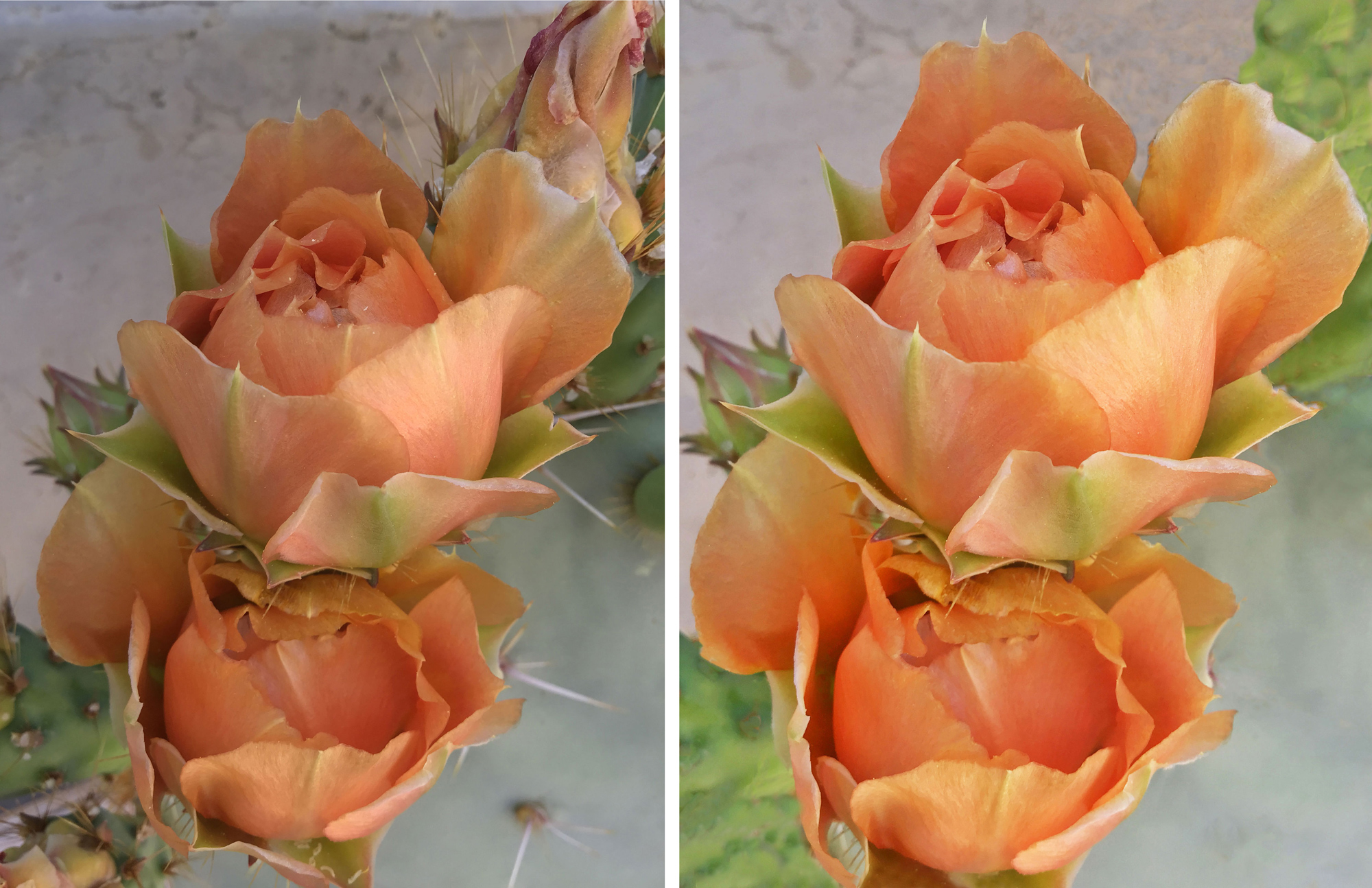
Original iPod jpeg capture at left and final image at right after unspeakable things were done to it.
From Painting To Photography and Back Again
I found this situation interesting because these were the exact same concerns I dealt with as a painter. It proved that my approach to digital photography was getting close to my approach to painting. It told me that my concerns are no longer photographic. They are artistic, dealing with content rather than technique. They are about deciding what to change rather than what to capture. They are post-capture concerns, motivated with deciding how to change what was photographed not with deciding what to photograph. While in the past my photography was concerned primarily with deciding what to photograph, now it is concerned primarily with how to change what I photographed.
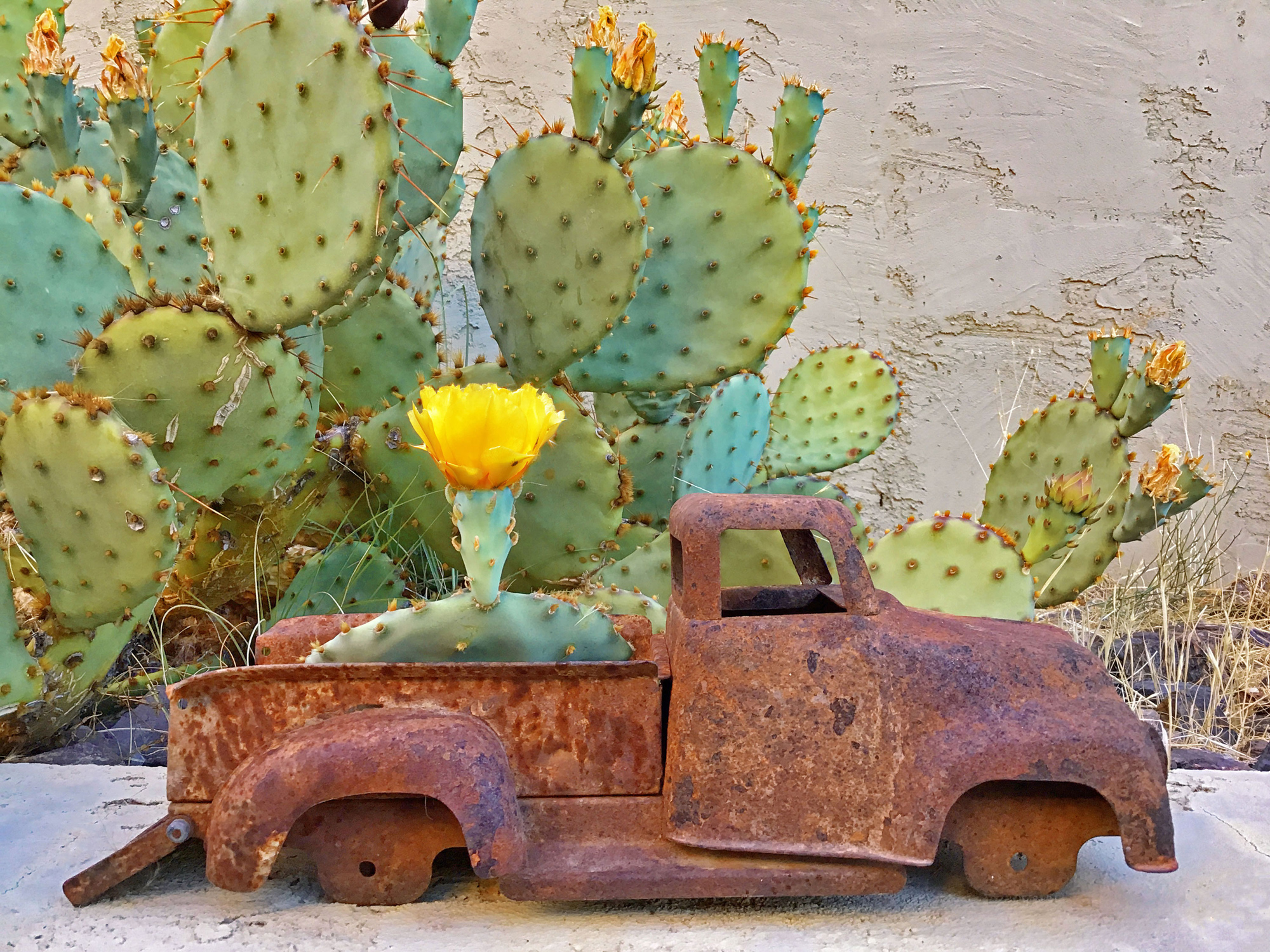
A Polaroid Aside
Motivated by creative desire I tried using Polaroid film to add artistic variations to both the Desert Flowers and the Backyard project. I had wonderful memories using a variety of Polaroid films in the past, working with Polaroid cameras from consumer-grade to 4×5. Polaroid went out of business around 2003 and current ‘Polaroid’ films are manufactured by a company called The Impossible Project. The film is only available in a few sizes, including SX 70 which is the camera I chose to give the Impossible Project Polaroid replacement film a try.
Unfortunately, the results were disappointing. The images I got with the Impossible Project film are nothing like the ones I created with the original Polaroid film. The original developed fast and had beautiful colors and contrast. The Impossible Project version takes 15 minutes to develop and has poor colors and contrast. The image quality of the Impossible Project film is nowhere close to that of the original Polaroid film.
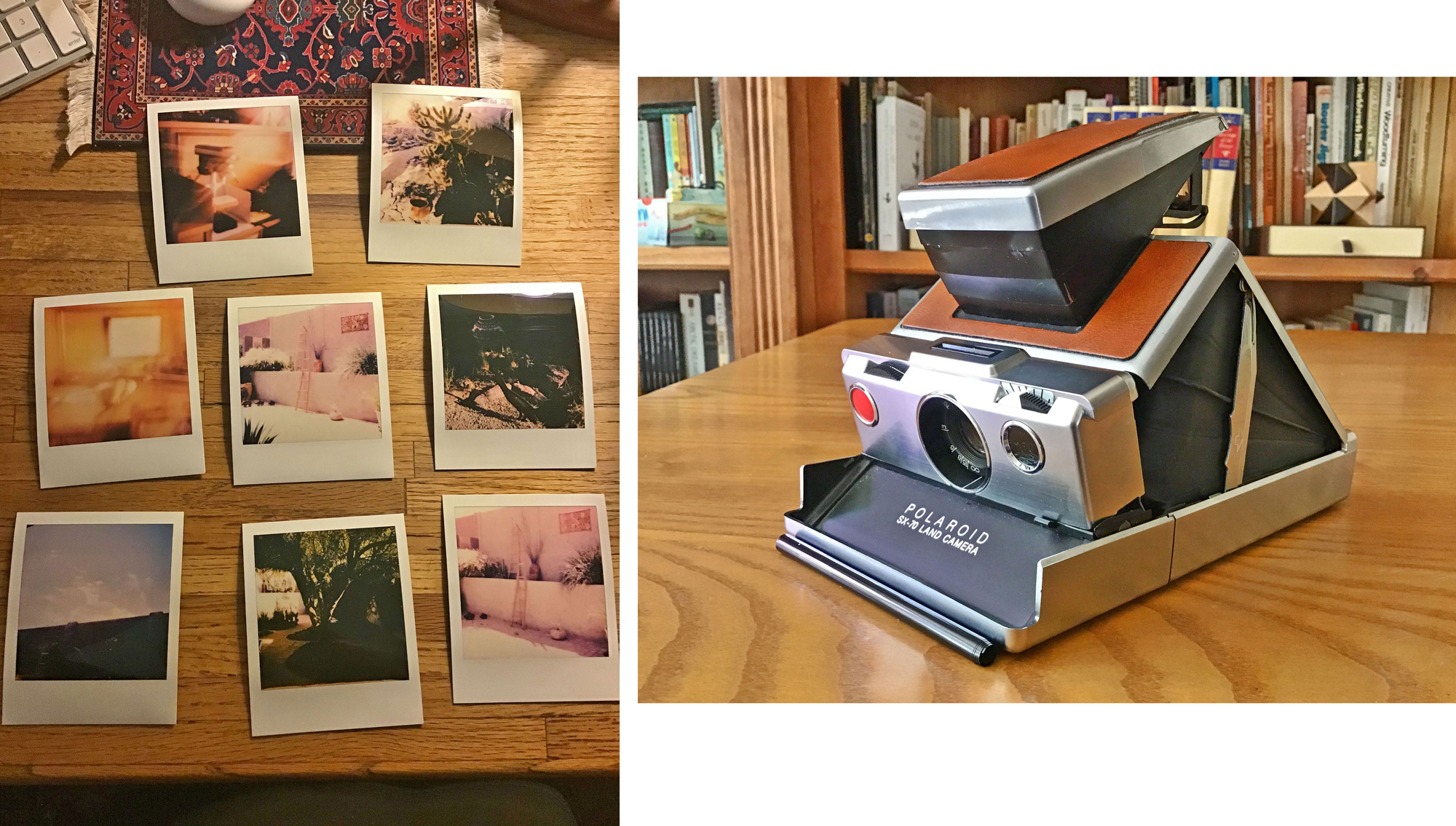
After my disappointing experience trying the Impossible Project SX70 Polaroid replacement film, I was still curious about the current state of instant film. So I decided to give the Fuji Instax camera and film a try. I must report that the results are just as disappointing. While I tried only their black and white film, the photographs did not exhibit the fine tonal variations I used to get from the original black and white Polaroid films. While Intax photographs maybe a tad above Impossible Project images, this is not sufficient to make a significant quality difference.
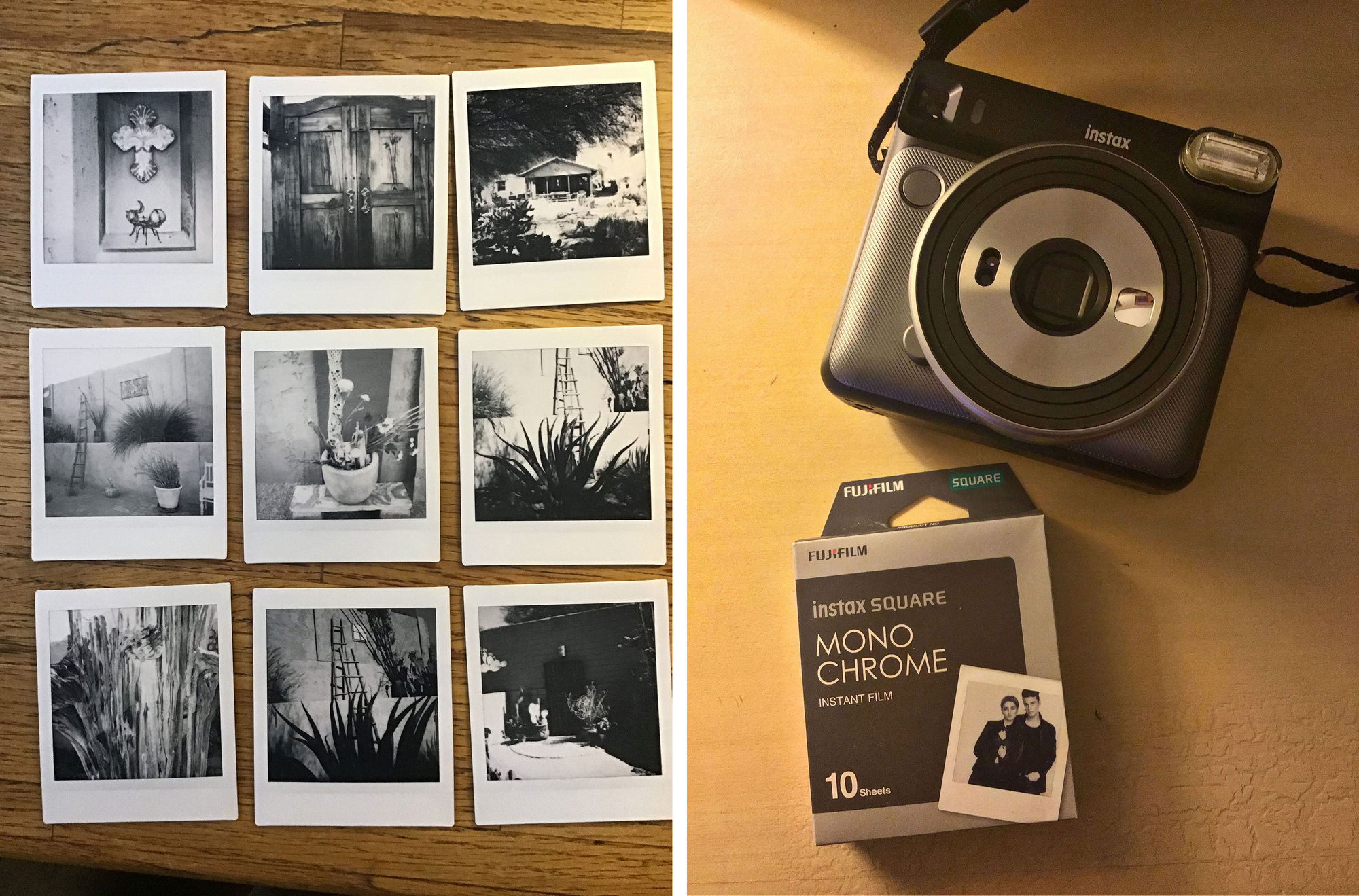
A contemporary look but not quite the cachet of the SX 70
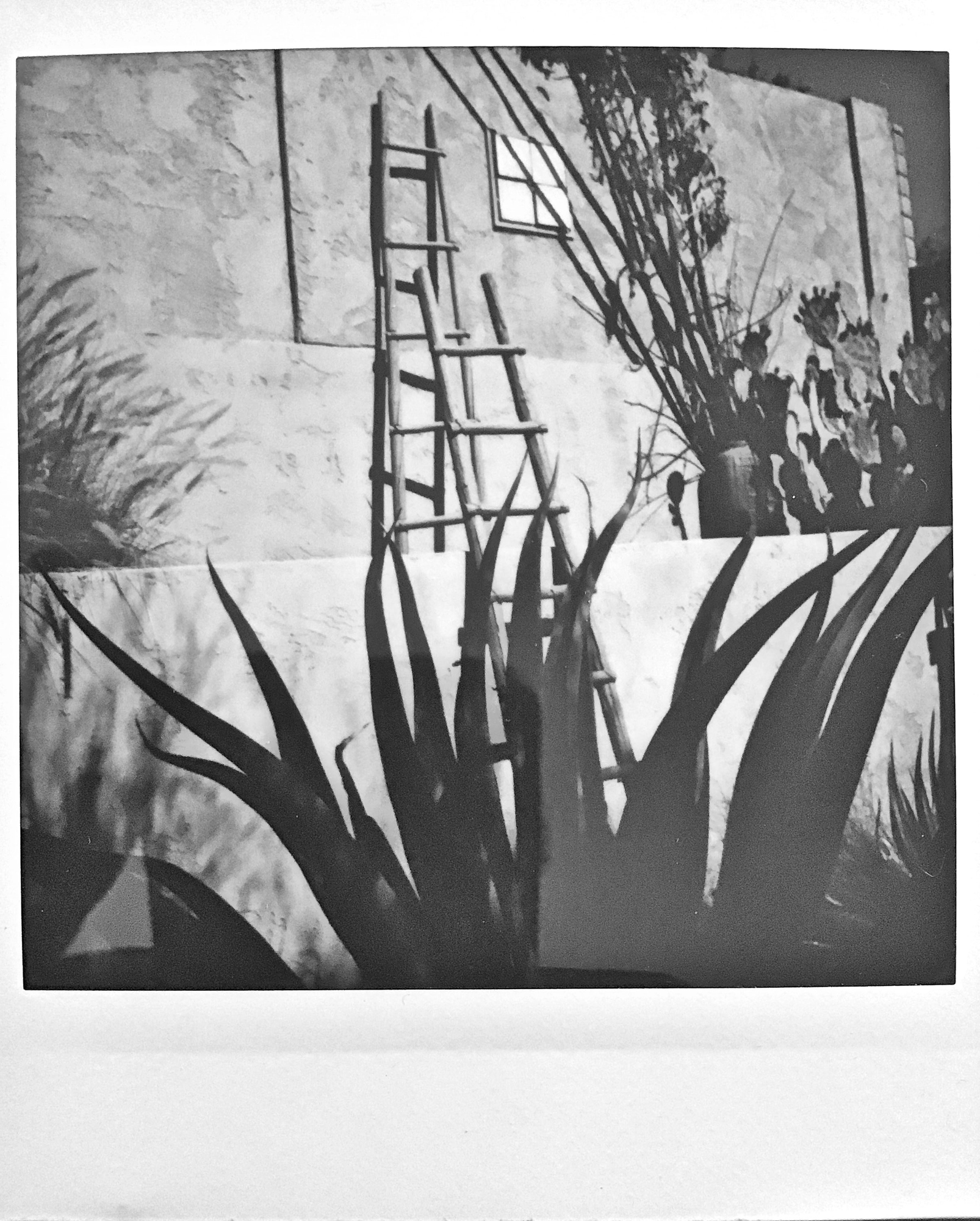
This is my best photograph with the Fuji Instax instant camera. I photographed the original with my iPod and adjusted the tones in Photoshop. This is the best I can get it even though it is still far from what I would like to see.
I eventually decided to give up using either Intax or Impossible Project films for my projects because the image quality is unsatisfying. It appears that using instant film and getting professional results is no longer possible.
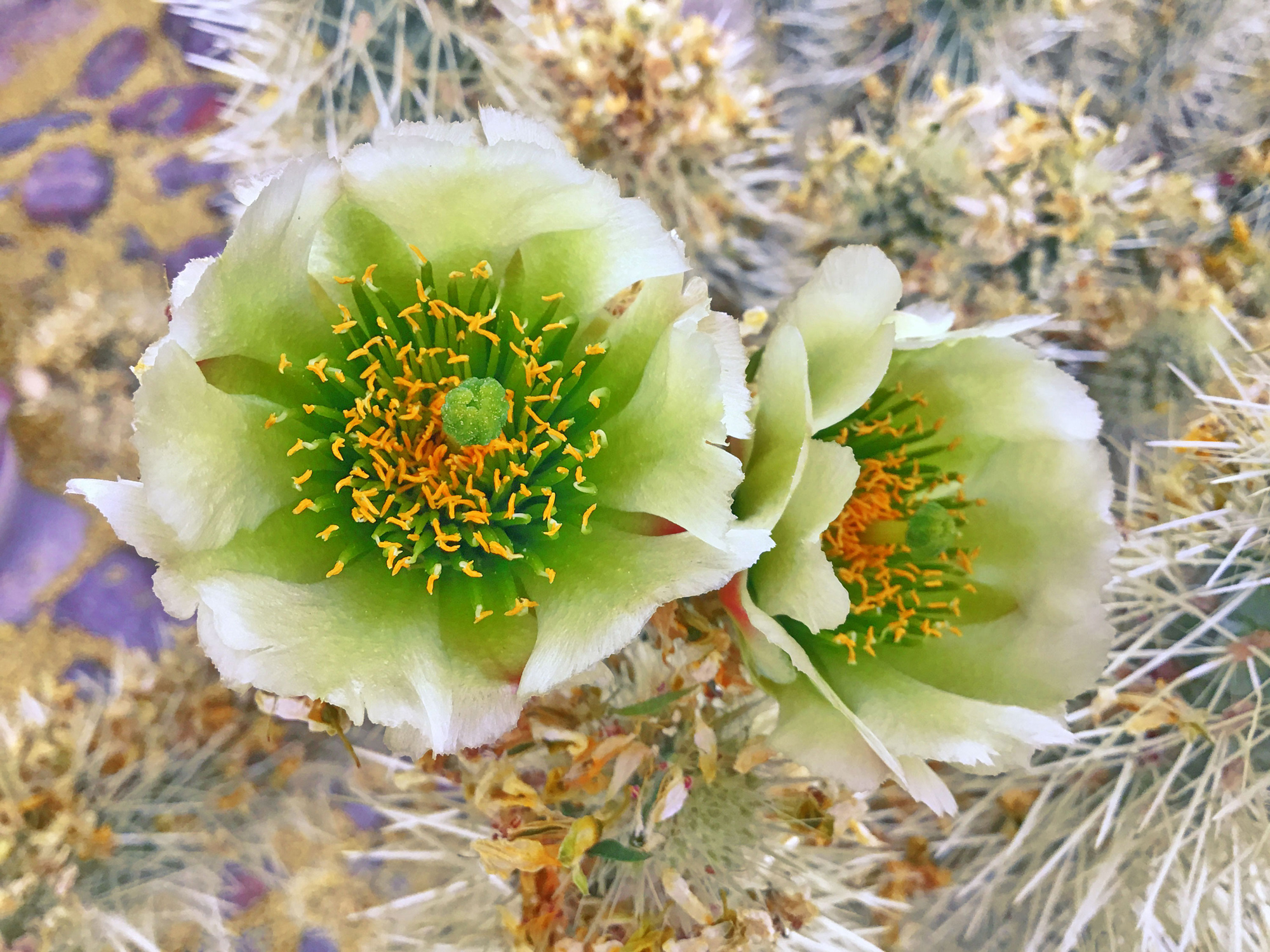
Conclusion: A Few Words About Why I Modify The Original Image Captures
My artistic goal is to create photographs that go beyond a literal transcription of the subject. This is because the reason why I create photographs has little to do with the desire to create realistic images. I do not associate with the art movement called Realism. Instead of seeking realism, I want my photographs to offer a new visual experience to the viewer, one they never had before. I want my photographs to show the subject with colors that viewers have not seen before. Above all I want my photographs to be visually pleasing to me and to my audience.
My images are creations of color and form. I use the subject as a point of departure, as the original material. However, I am no more concerned with respecting this original material than an artist working with clay is interested in keeping the original form of his balls of clay. The original image, or the ball of clay, is what we start with. As artists, we know that we are going to depart significantly from this starting point. The transformation of the original subject matter, be it clay, a photograph, or anything else is the process through which art is created. By definition creating art means transforming the original subject. To set a goal to keep this original intact is to prevent art from happening and make it impossible for the creative process to unfold.
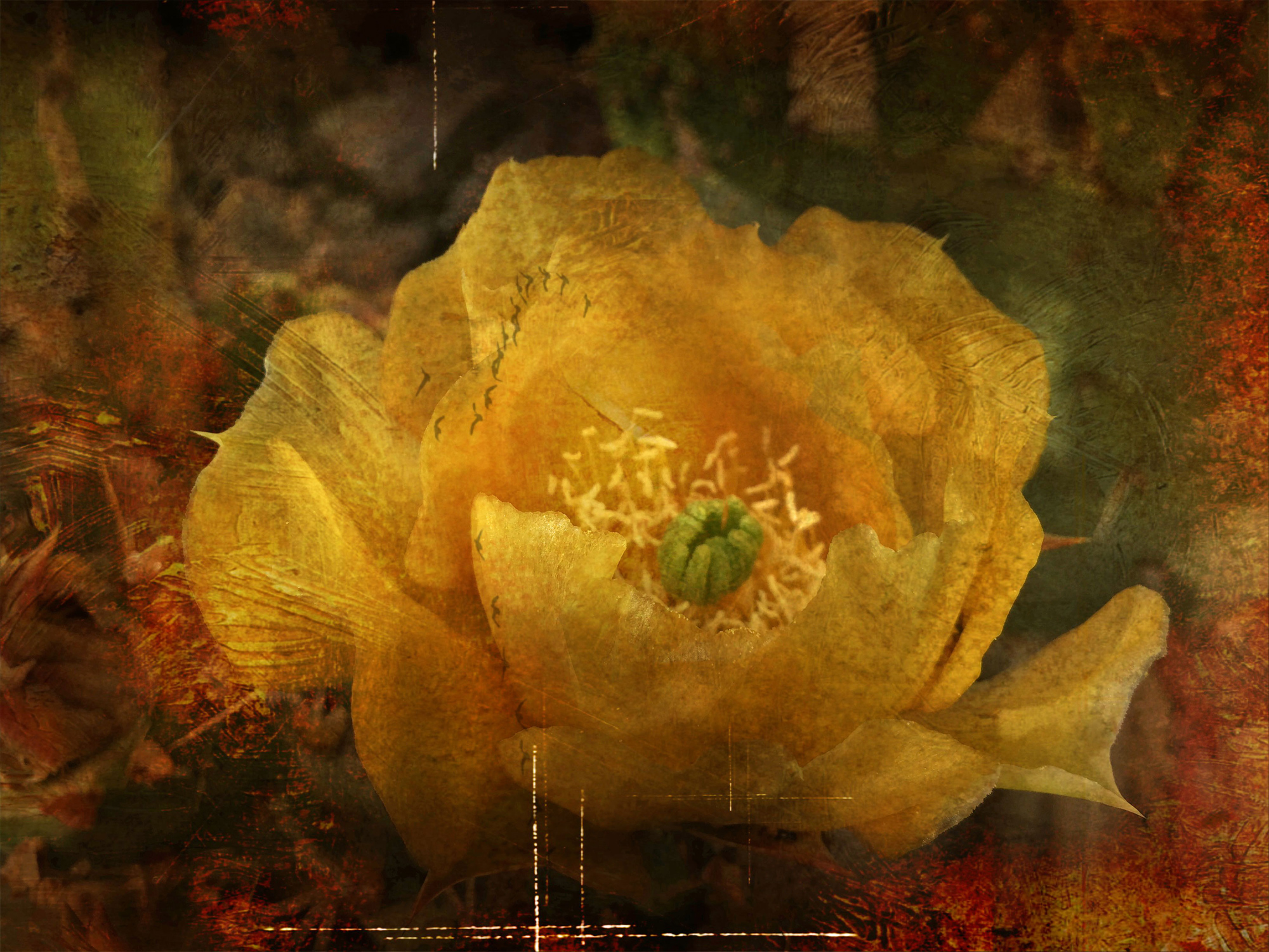
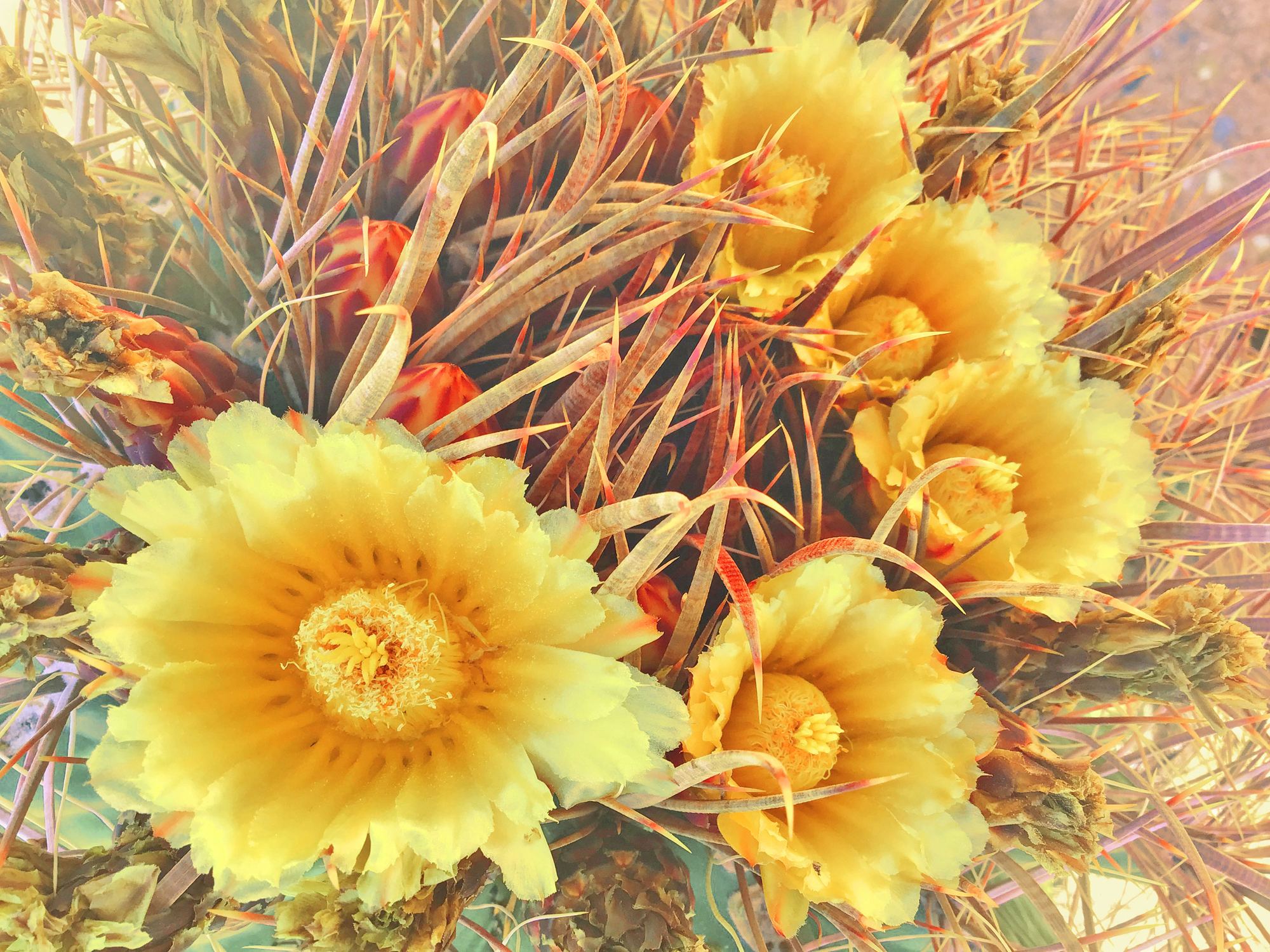
About Alain Briot
I create fine art photographs, teach workshops with Natalie and offer Mastery Tutorials on composition, image conversion, optimization, printing, business, and marketing. I am the author of Mastering Landscape Photography, Mastering Photographic Composition, Creativity and Personal Style, Marketing Fine Art Photography, and How Photographs are Sold. All 4 books are available in eBook format on our website. Free samples are available so you can see the quality of these books for yourself.
You can find more information about our workshops, photographs, writings, and tutorials as well as subscribe to our Free Monthly Newsletter on our website. You will receive 40 free eBooks when you subscribe.

Studying Fine Art Photography With Alain And Natalie Briot
If you enjoyed this essay you will enjoy attending a workshop with us. I lead workshops with my wife Natalie to the most photogenic locations in the US Southwest. Our workshops focus on the artistic aspects of photography. While we do teach technique, we do so for the purpose of creating artistic photographs. Our goal is to help you create photographs that you will be proud of and that will be unique to you. The locations we photograph include Navajoland, Antelope Canyon, Monument Valley, Zion, the Grand Canyon, and many others. Our workshop listing is available on our website.
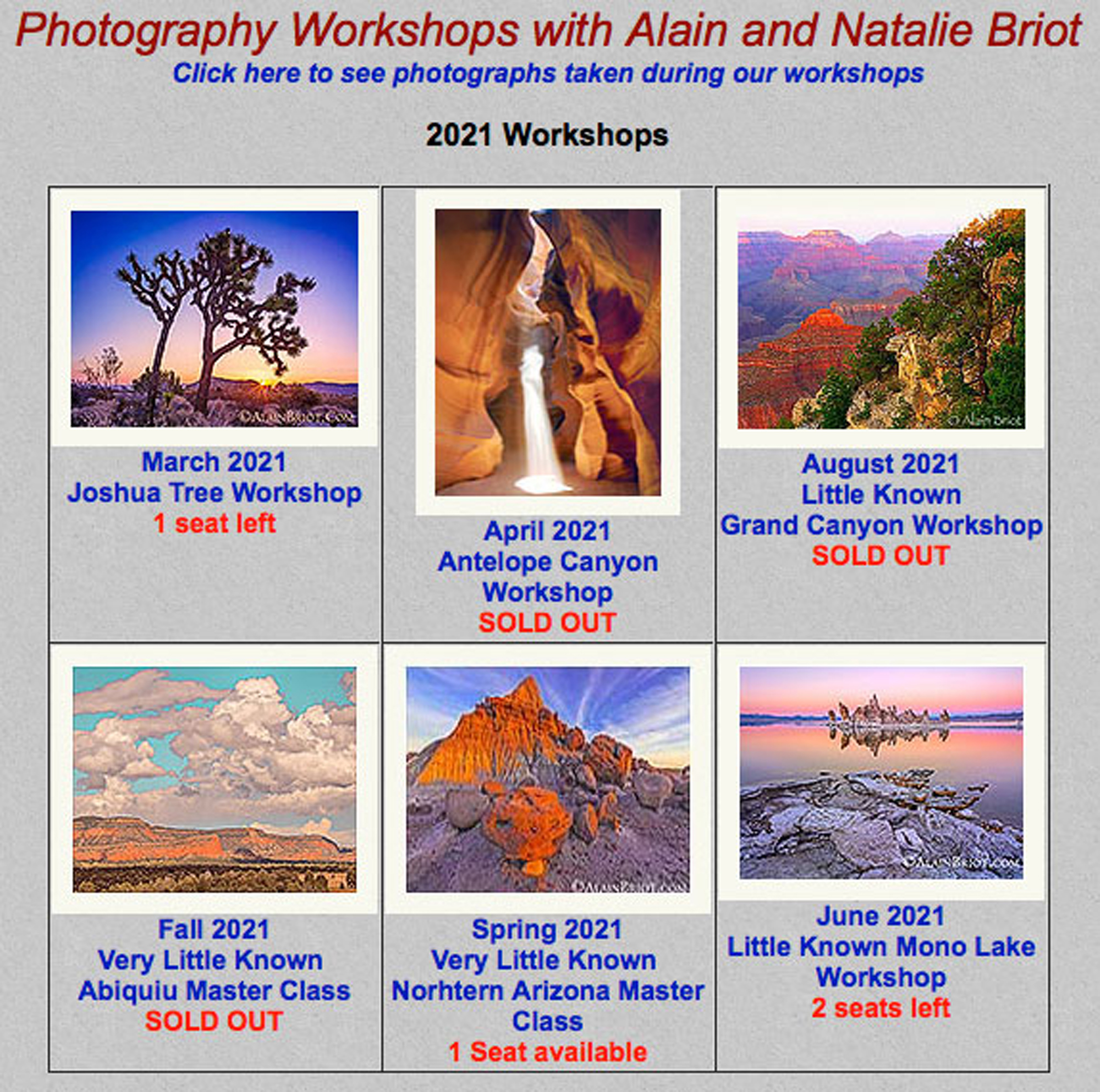
Alain Briot
June 2022
Glendale, Arizona
Author of Mastering Landscape Photography,Mastering Composition, Creativity and Personal Style, Marketing Fine Art Photography, and How Photographs are Sold. http://www.beautiful-landscape.com [email protected]






